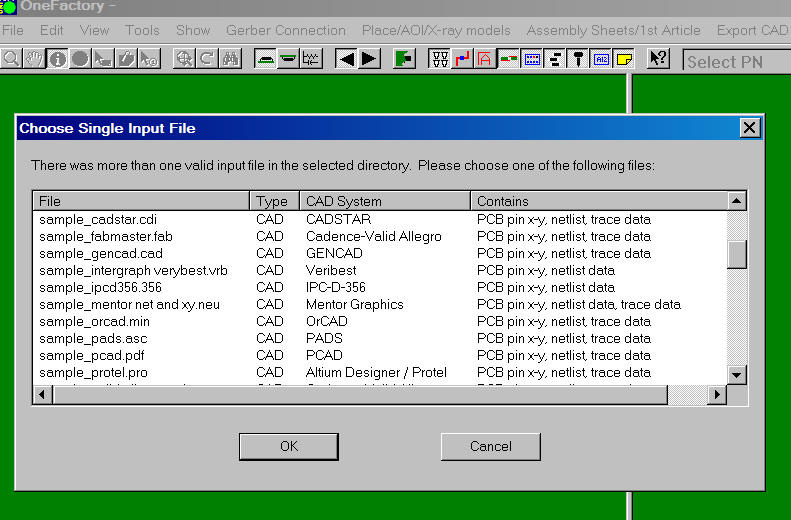

This is because the smaller, rounded point of contact makes movement against the fastened surface somewhat easier than with a flat endĬone point set screws are sharpened at the tip and designed to penetrate the underlying surface to a degree Oval point screws can also allow for easier adjustment without having to completely remove or reset the screw. Their design is intended to minimise the risk of damage to surface and components being locked in place

They are sometimes called domed point set screws Oval point socket set screws have a rounded, slightly convex tip. The flattened end provides a more evenly distributed compression force where the tip makes contact with a base surfaceįlat point set screws tend to cause relatively little damage to the parts or surfaces they are pinning since the tip does not penetrate the surface to any significant degreeįlat end screws are reusable since removing the screws does not damage them in any way Knurled cup screws should not be reused once removed as the serrated teeth of the knurled design will be damaged in the process of unfastening the screwįlat point set screws are made with a completely flattened end They are particularly useful when there is a risk of a standard set screw working loose over time, for example, in applications exposed to high vibrationĪs the biting action of knurled cup set screws will cause significant surface markings on fastened parts, they are usually chosen for use in permanent or semi-permanent assemblies The knurling is designed to bite in the surface that the screw is butting up with, providing even stronger grip through a ratcheting action Knurled cup set screws behave similarly to plain cup screws except that the outer edge of the cup also features jagged teeth (knurling) Plain cup screws are one of the most common types of set screw in widespread use This design helps to provide good torque and locking force against the object being pinned while minimising the risk of damage to the screw shaft end through over-tighteningĪs force is exerted over a smaller, sharper area with a cup set screw than a flat end screw, there is a higher chance of marking the component or surface which is being fastened The thinner circumference of the cup is where all the pressure is exerted against the rear component, as opposed to the entire flat tip making even contact Their respective uses are also noted in each case: Plain Cup ScrewsĬupped set screws have a slightly concave recess in the flat end of their tips Common specific examples of set screw use might include affixing spindle cams and handles or securing gears and pulleys to a shaft.Ĭommon types of set screws you might encounter include all the varieties listed below. This could involve fixing a component against a baseplate, for example, in various sorts of panel arrays and mechanical assemblies. Set screws are widely used in all manner of engineering, product design and repair applications, often to keep a potentially moving part locked in place. This is used to penetrate the underlying surface rather than simply pressing up hard against it.

Cone set screws are designed to achieve a similar sort of fixing function, but with the addition of a pointed tip. However, it should be noted that cone-point set screws (sometimes referred to simply as cone screws) do also exist. They can perform this setting function thanks to their characteristic flat-ended tips, a key feature of most set screw designs. The set screw works by passing through a threaded hole in one component and butting up tightly against the surface of a second part on the rear side. Typically, set screws are intended for use in fastening down (setting) parts or components that would otherwise be able to move or slide around relative to one another. In short, they are used to create compression forces which hold two loose objects firmly together without having to rely on a nut. The key pinning action of one component against another is what differentiates set screws and grub screws from general-purpose screws. This generally means affixing two or more loose parts to one another, for example by holding one component tightly against (or inside) a second surface. They are a type of threaded fastener, most often used for securing components in place. Set screws are sometimes called setscrews, socket set screws, or grub screws.


 0 kommentar(er)
0 kommentar(er)
